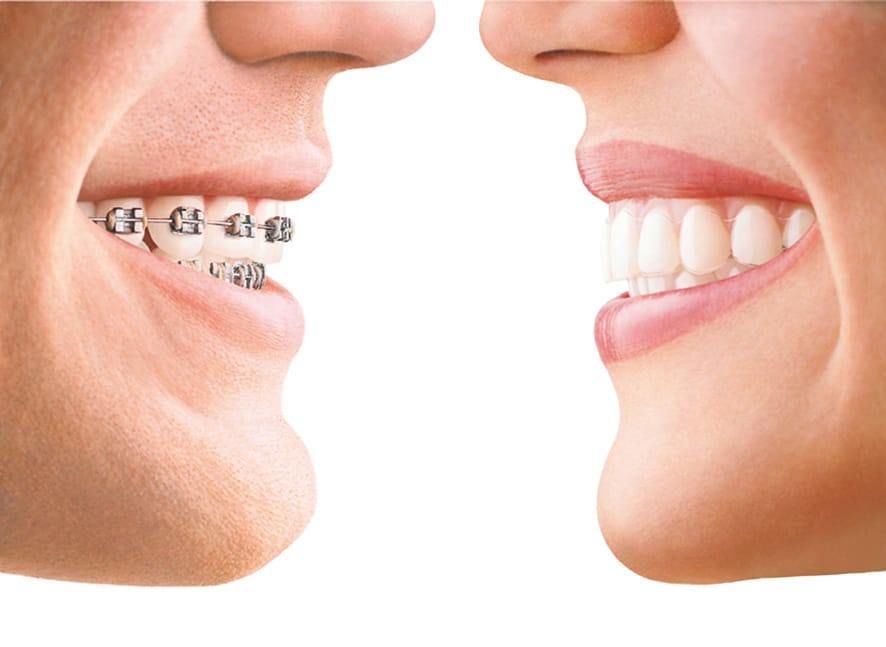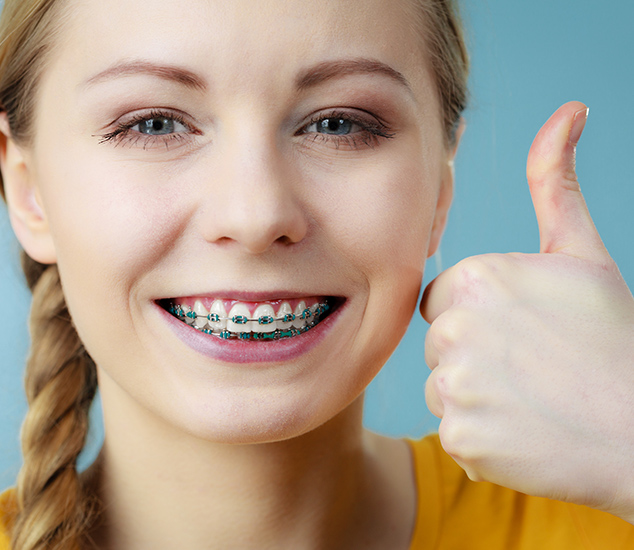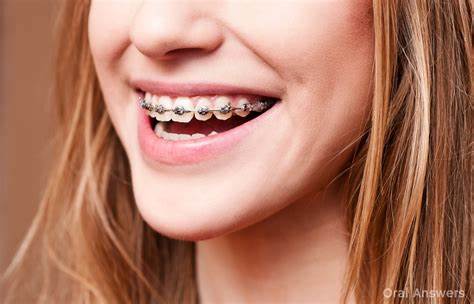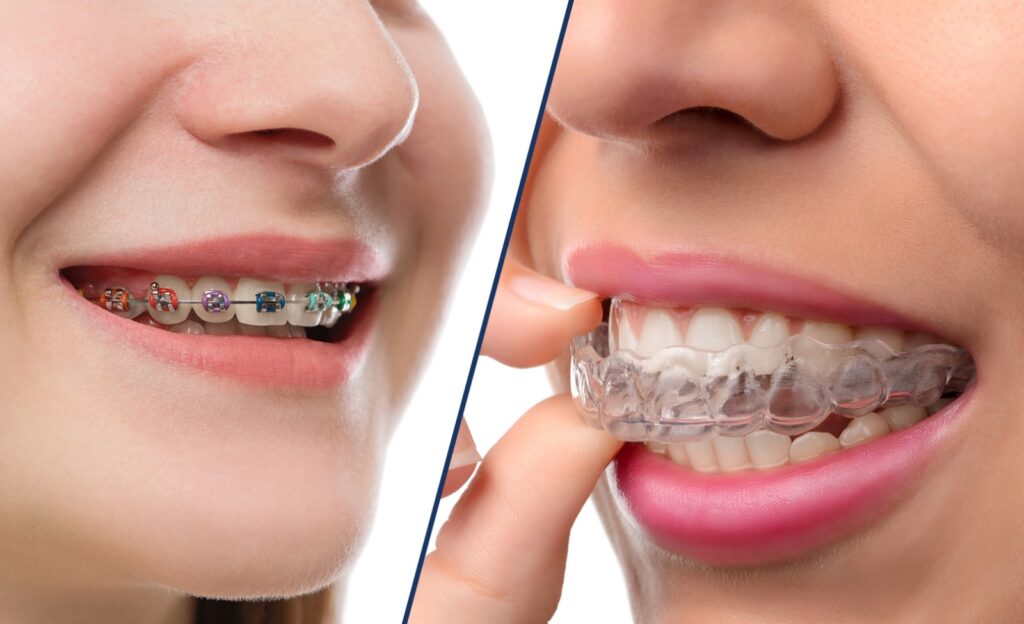Braces vs Veneers: Which Option Is Better for Your Smile Goals?
A lot of people want to improve their smile—but what’s the best way to do it? Are you looking to straighten your teeth or just fix how they look? That’s where the real difference between braces vs veneers comes in. Both can improve your smile, but they do it in very different ways. Do you have gaps, crowding, or bite issues? Braces might be what you need. Or are your teeth mostly healthy, but you’re not happy with the color or shape? Veneers could be the better option. Not sure which direction to take? You’re not alone—and that’s exactly where Zaidi Orthodontics can help. At our practice, we take the time to understand your goals and recommend what makes the most sense for your smile. If you’ve been going back and forth between braces and veneers, this guide will give you the answers—simple, clear, and right to the point. What Are Braces? Braces are a common way to fix crooked teeth, gaps, or bite problems. They work by slowly moving your teeth into better positions using small brackets, wires, and sometimes rubber bands. These parts stay on your teeth and are adjusted over time by your orthodontist. Most people wear braces for about 12 to 24 months, depending on how much their teeth need to move. During that time, braces can fix more than just how teeth look—they also improve how they work and fit together. What Are Veneers? Veneers are thin covers that go on the front of your teeth to make them look better. They’re made from strong materials like porcelain or resin and are shaped to match your smile. People choose veneers to fix things like chipped teeth, stains, or small gaps. They can also help if your teeth are uneven or shaped differently. The process is quick—usually just a couple of visits—and the results are instant. But here’s the thing: veneers only change the look of your teeth. They don’t move teeth or fix bite problems. When looking at braces vs veneers, veneers are a great pick if your teeth are healthy and you just want a cleaner, whiter, or even smile. Comparing Braces and Veneers: 7 Factors to Consider When deciding between braces and veneers, it helps to look at a few key areas that can guide you toward the option that fits your smile goals best. 1. Purpose of Treatment Braces are used to move teeth that are crowded, spaced too far apart, or not lined up right. They also help fix bite issues, like overbites or underbites. This makes them a strong choice for anyone who wants to improve both the look and function of their smile. Veneers, on the other hand, are thin covers that go on the front of your teeth. They help with things like discoloration, chips, or teeth that are uneven or slightly gapped. But veneers don’t move your teeth or change your bite. If your main concern is how your teeth work, braces are likely the better pick. If you’re more focused on appearance, veneers might be enough. It’s important to remember that veneers can’t replace orthodontic treatment if alignment issues are present. 2. Treatment Timeline Braces take time to work. Most people wear them for 12 to 24 months, depending on how much correction is needed. Your orthodontist adjusts the wires regularly to help shift your teeth little by little. Veneers are much faster. You can usually get them in just two or three appointments, often within a few weeks. They instantly change how your smile looks. If you’re looking for long-term improvement that fixes both looks and function, braces may be the right move. But if you’re hoping for a quick fix and your teeth are already in decent shape, veneers can give you a fast upgrade. The timeline matters, especially if you’re working around an event or personal deadline. 3. Invasiveness and Reversibility Braces are non-invasive. They don’t change your tooth structure—once they’re off, your teeth are still the same, just straighter. For many people, that makes braces a comfortable and low-risk option. Veneers require removing a thin layer of enamel from each tooth. This step helps the veneers stay in place and look natural, but it’s permanent. Once that enamel is gone, it can’t be replaced. That means you’ll always need some kind of cover on those teeth in the future. When weighing braces vs veneers, think about how permanent you want the change to be. Braces are more of a temporary tool that leads to lasting results. Veneers give instant results but come with a lifelong commitment. 4. Aesthetic Impact During Treatment Braces—especially metal ones—are easy to see, and that can affect how you feel about smiling during treatment. Ceramic options are a bit less noticeable, but they’re still there. This can be tough for people who want something more private. Veneers skip that step completely. You walk in with your natural teeth and leave with a whole new look. There’s no waiting, and no visible treatment phase. While this article isn’t focusing on clear aligners, they are another option if visibility is a big concern. Still, veneers clearly win in this area when it comes to appearance during treatment. 5. Longevity and Maintenance Braces offer long-term results, especially if you wear your retainer as advised once treatment is done. Your straightened teeth can stay in place for life with the right care. Veneers usually last 10 to 15 years. They’re strong but not unbreakable. Biting hard items, grinding your teeth, or skipping dental cleanings can shorten their lifespan. Depending on the material, they can also stain over time. Keeping good habits—like brushing, flossing, and dental checkups—is important for both options. Still, in terms of maintenance, veneers may need a bit more attention over time to keep them looking good. 6. Cost Considerations Braces usually have a lower total cost compared to veneers. A full braces treatment typically ranges from $3,000 to $7,000, depending on the case. If treatment is needed for
Braces vs Veneers: Which Option Is Better for Your Smile Goals? Read More »









